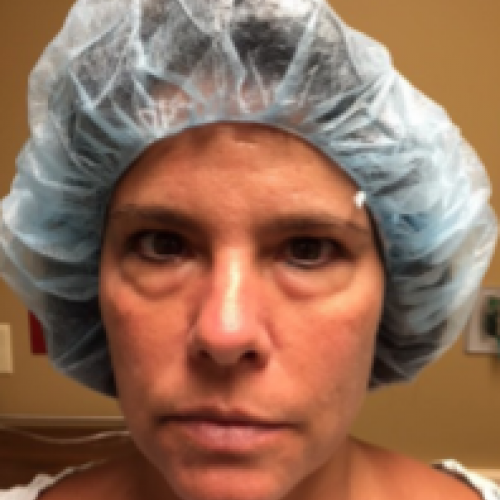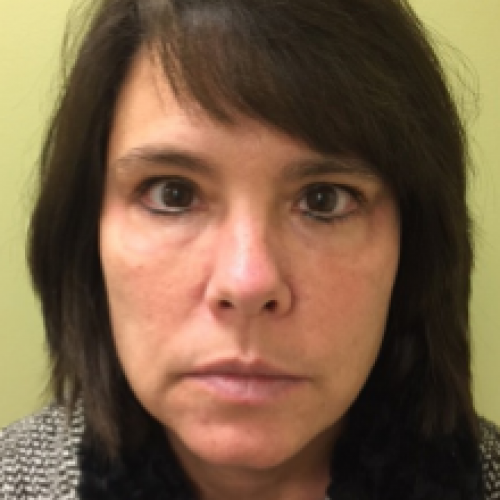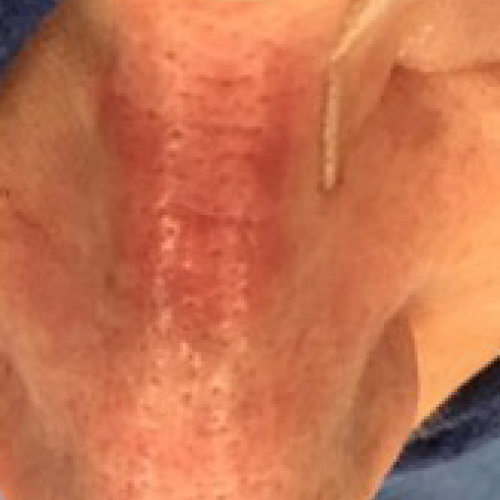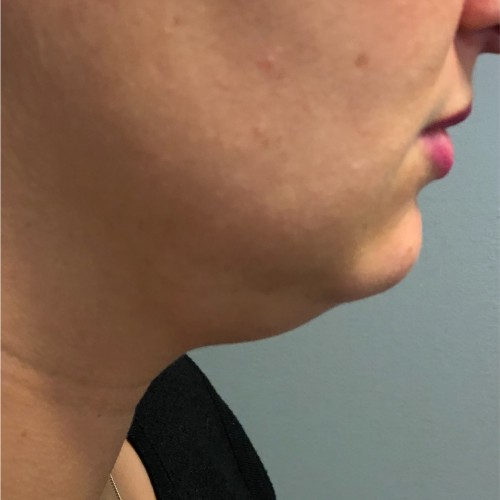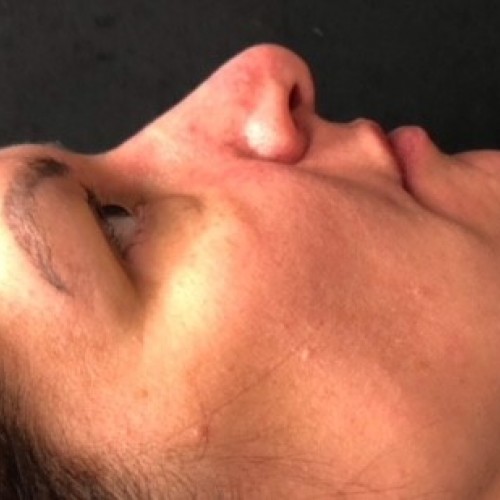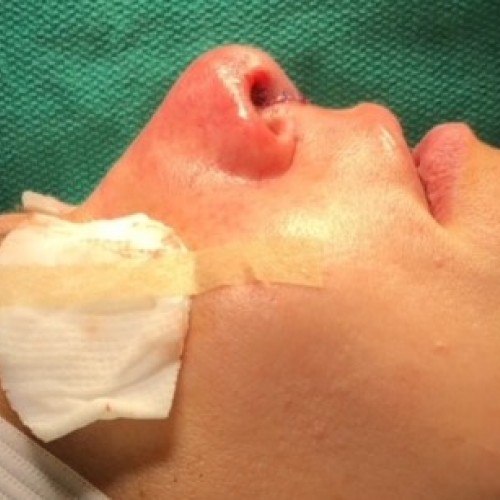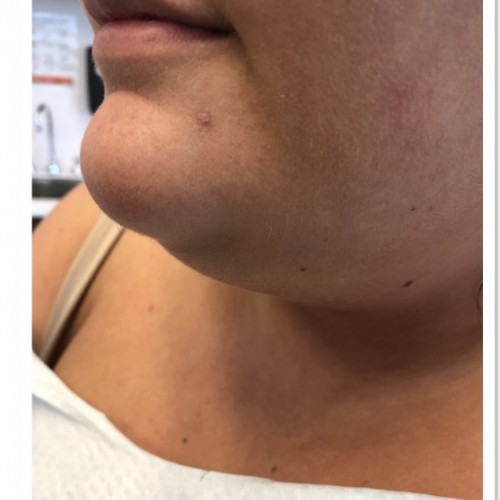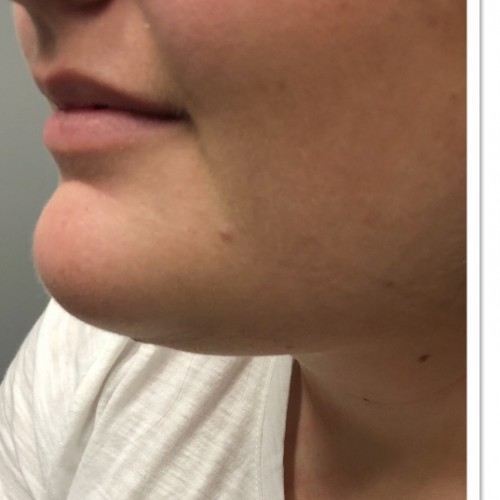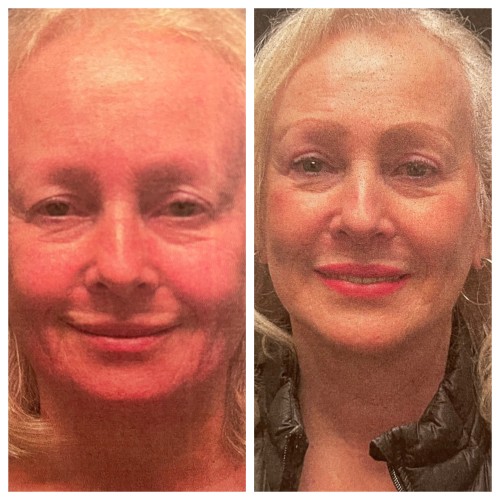Rhinoplasty (Nasal Surgery)
Surgery on the nose may be done for aesthetic, functional or reconstructive reasons. Aesthetic rhinoplasty modifies the shape of the nose in order to make it look more pleasing. Functional rhinoplasty improves the physiology of the nose by modifying its malpositioned anatomical structures to relieve a nasal obstruction. Reconstructive rhinoplasty corrects congenital or traumatic malformation of the nose.
Rhinoplasty
A nose that doesn’t compliment your facial appearance can be a huge source of anxiety. You may have been born with a natural defect in your nasal appearance, or trauma to the nose could have affected its aesthetic appearance. Restoring a pleasing facial balance helps many patients feel more comfortable with their appearance. Rhinoplasty is designed to correct physical and functional abnormalities of the nose.
Consultation
The cosmetic consultation with Dr. Oser is an important step in the process of considering rhinoplasty surgery. Dr. Oser and his staff are committed to helping you become well-informed about the actual process of preparing for your neck lift. Please feel free to ask any questions and to let us know how we can help you throughout the process.
Candidates
Ideal rhinoplasty candidates are in good health and have realistic expectations about their procedure. Rhinoplasty should only be performed on patients who are at least 15 or 16 years of age, whose nasal structures have completely developed. Dr. Oser will evaluate whether you qualify for nose surgery during your consultation. Men and women who seek rhinoplasty may identify with having one or more of the following:
- Nasal hump
- Wide nasal bridge
- Drooping nasal tip
- Enlarged nostrils
- Small nasal structures
- Breathing problems caused by a deviated septum
Procedure
Dr. Craig Oser performs rhinoplasty with the patient under general anesthesia to ensure comfort and safety. An incision is created along the nose and the skin is separated from the underlying cartilage structure. Dr. Oser reshapes your nose by removing, reshaping or adding cartilage. If necessary, he may correct functional problems within the nose by straightening the septum. The skin is draped over the newly shaped nasal structures and incisions are closed.
Septoplasty
Septoplasty is performed to correct breathing problems caused by a blocked nasal passage due to a deviated septum, which is the crooked alignment of the cartilage that separates the nasal passages.
Recovery
You will experience bruising and swelling around your nose following your procedure Any discomfort can be controlled using oral pain medication. You will need to rest with your head elevated for at least one week following your surgery. Most patients can return to work within two weeks of their surgery. You will be required to limit your physical activities for up to four weeks following rhinoplasty. Most of your swelling should subside within six weeks, after which your final results will become apparent.

